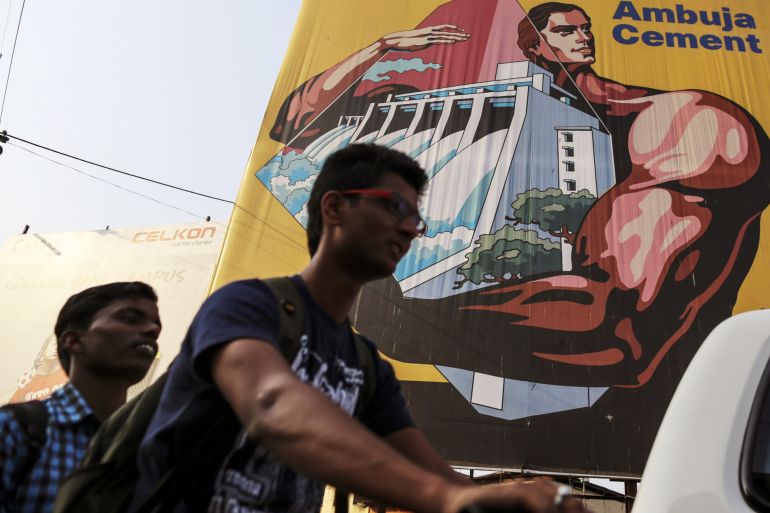India central bank surprises by holding rates steady
The central bank decided to pause rate hikes in light of global macroeconomic and financial conditions, it said.

The Reserve Bank of India (RBI) has surprised markets by holding its key repo rate steady after six consecutive hikes, saying it was closely monitoring the effect of recent global financial turbulence.
On Thursday, RBI said its policy stance remains focused on “withdrawal of accommodation”, signalling it could consider further rate hikes if necessary. The pause in rate hikes is “for this meeting only”, RBI Governor Shaktikanta Das said.
Keep reading
list of 4 itemsFormula 1 in the skies: could flying cars soon be a reality?
Cash App founder stabbed to death in San Francisco
Photos: India’s ‘brown beauty’ makeup influencers go global
The monetary policy committee (MPC), comprising three members from the central bank and three external members, retained the key lending rate or the repo rate at 6.5 percent.
Most analysts had expected one final 25 basis points hike in the RBI’s current tightening cycle, which has seen it raise the repo rate by a total of 250 basis points since May last year.
“We could see the RBI now going on an extended pause throughout FY24,” said Sakshi Gupta, principal economist at HDFC Bank, referring to India’s fiscal year which runs April through March.
Some other central banks have similarly paused or indicated they are ready to pause, such as the Reserve Bank of Australia, which held rates steady on Tuesday in order to assess the effect of past hikes but flagged further increases may be necessary.
“We have to be extremely prudent in our actions,” Das said in his statement.
While RBI has taken the decision to pause rate hikes in light of global macroeconomic and financial conditions, “our job is not yet finished and the war against inflation has to continue”, Das said, reiterating the resolve to bring inflation back within the central bank’s target band of 2 percent to 6 percent.
Retail inflation rose 6.44 percent year-on-year in February, easing from 6.52 percent in January but has remained above RBI’s mandated target range for 10 out of the last 12 readings.
The central bank sees inflation at 5.2 percent in 2023-24, and gross domestic product (GDP) growth is seen at 6.5 percent in the financial year beginning April 1.
Financial stability concerns appear to have prompted the pause in rate hikes, said Aditi Nayar, chief economist at rating agency ICRA. However, if inflation does not fall in line with the MPC’s assessment, “another hike could be in the offing, especially if the financial stability situation stabilises”, Nayar said.
The decision to hold interest rates steady was unanimous in contrast to the last decision when four members had voted for a hike in rates.
Government bond yields crashed after the surprise RBI decision. The 10-year benchmark 7.26 percent 2032 bond yield dropped to 7.14 percent, the lowest level since September 15 immediately after the policy announcement, against 7.28 percent before the decision. The yield was at 7.18 percent as of 10:20am (04:50 GMT).